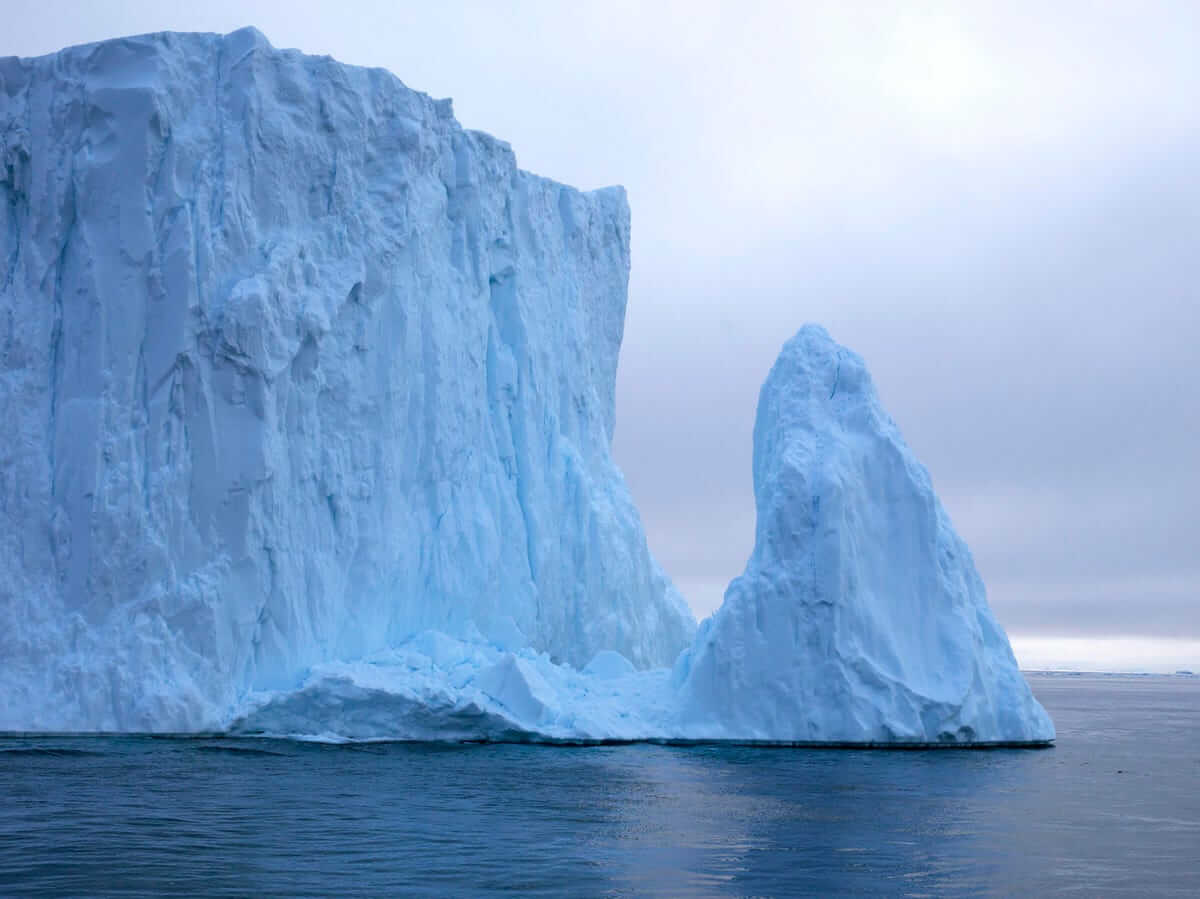On Thursday, India unveiled its Arctic policy for 2022 via a document titled ‘India and the Arctic: Building a Partnership for Sustainable Development.” The 27-page policy document was released by Minister for Earth Sciences Jitendra Singh.
India seeks to play a constructive role in the Arctic by leveraging its vast scientific pool and expertise. It maintains that all human activity should be sustainable, responsible, transparent, and based on respect for international laws. pic.twitter.com/dnTLNAU6dM
— MoES GoI (@moesgoi) March 17, 2022
The policy elaborates on the Arctic region’s significance for India and urges New Delhi to play a greater role in the region. According to the document, Indian presence in the Arctic will not only “advance the study and understanding” of the region but also help domestic and international efforts to combat climate change, environmental degradation.
Another step towards seeking sustainable development."India's Arctic Policy" released by Ministry of Earth Sciences.This would play an essential role in preparing India for a future where biggest challenges like climate change can be addressed only through collective effort. pic.twitter.com/CnlsiNLpna
— Dr Jitendra Singh (@DrJitendraSingh) March 17, 2022
Changes in climate patterns have significantly affected the Arctic region and are “manifested by the loss of sea ice, ice caps, and warming of the ocean and atmosphere,” which will inevitably lead to lowering of salinity levels in oceans, vast temperature differences between land and sea, and increasing rainfall in higher latitudes.
The policy notes that these changes could dramatically alter India’s weather conditions, including monsoonal wind patterns. It could also lead to rising tidal levels, coastal erosion, and the melting of Himalayan glaciers. This could in turn affect agriculture, which depends heavily on rainfall during the monsoon.
“A good monsoon is critical for India’s food security and the wellbeing of its vast rural sector. Changes in the Arctic, especially melting Arctic ice, can be highly disruptive for national development, sustainability of over 1,300 island territories and maritime features, and welfare of 1.3 billion Indians,” the document notes.
In this respect, the policy lays down six pillars of India’s strategy in the Arctic:
- Science and Research
- Climate and Environmental Protection
- Economic and Human Development
- Transportation and Connectivity
- Governance and International Cooperation
- National Capacity Building
In the area of Science and Research, the document calls on India to strengthen its existing research base—Himadri—in the Svalbard Archipelago in Norway and align research activities with that of the Arctic Council and other international organisations dedicated to the Arctic.
Moreover, it notes that India needs to “acquire a dedicated ice-class polar research vessel” to increase the depth of its scientific activities and “build indigenous capabilities for construction of such vehicles.”

It also calls on the Indian Space Research Organisation (ISRO) to support India’s endeavours in the Arctic. The document suggests that ISRO’s Earth Observation RISAT series of satellites can be deployed to study the Arctic and the Indian Regional Navigation Satellite System (IRNSS) can be used for “assisting in the safety of maritime navigation in the Arctic.”
For combating climate change, the document urges India to “participate in research on ecosystem values, marine protected areas and traditional knowledge systems to protect Arctic biodiversity and microbial diversity.” It calls for greater participation with all stakeholders in the Arctic region, and collaboration with international partners and Arctic Council Working Groups to “promote [the] exchange of knowledge, nature-based solutions and circular economy.”
The document also stresses on the economic and human development opportunities in the Arctic. “Economic activity in the Arctic region must rest on the creation of robust and effective mechanisms that promote responsible business activities based on the three pillars of sustainable development—environmental, economic and social,” it argues.
The document further notes that the Arctic region “constitutes the largest unexplored prospective area for hydrocarbons remaining on Earth” and recommends that India assist Arctic states in conducting surveys to assess their full potential. To this end, it states that “the potential for exploiting renewables [hydroelectricity, windpower, solar, geothermal] to power the Arctic is enormous.”
Regarding transportation and connectivity, the document notes that ice-free conditions in the Arctic as a result of rising temperatures are opening new shipping routes which could “reshape global trade.” For instance, the Northern Sea Route (NSR) remains ice-free for around two months per year and the passage can be used during this time as a better alternative to the traditional route via the Suez Canal in Egypt. Travelling via the NSR will result in energy and time savings of about 30%-40% compared to the Suez Canal route.
Finally, the document notes that India’s interests in the Arctic are “scientific, environmental, economic, [and] strategic.” “India believes that any human activity in the fragile region should be sustainable, responsible, and transparent, based on respect for international laws,” the document reads.
The Arctic Council is the leading international body promoting cooperation among Arctic states—Canada, Denmark, Finland, Iceland, Norway, Russia, Sweden, and the United States. The Council is also open to non-Arctic states and currently has approved 13 observers—India, France, Germany, Italy, Japan, the Netherlands, China, Poland, South Korea, Singapore, Spain, Switzerland and the United Kingdom.

